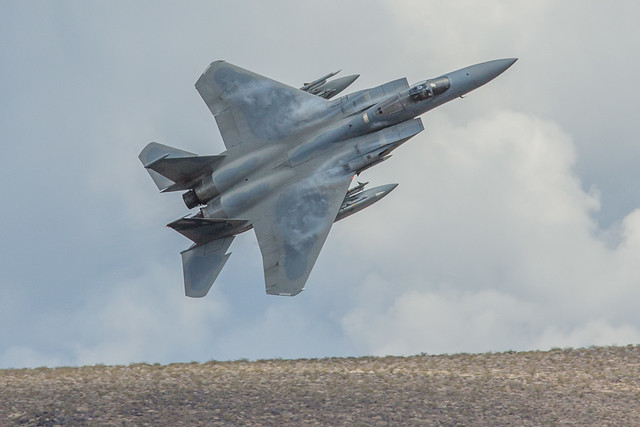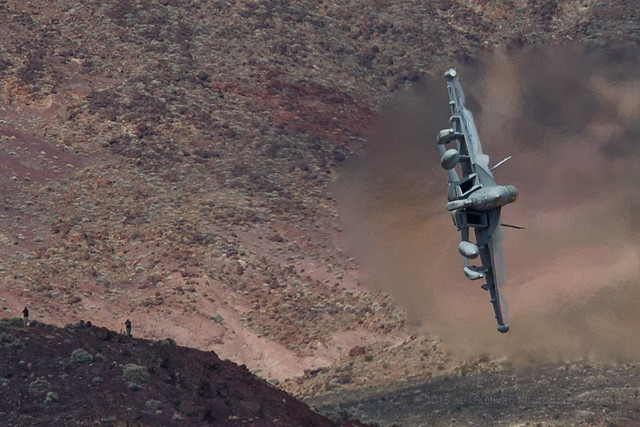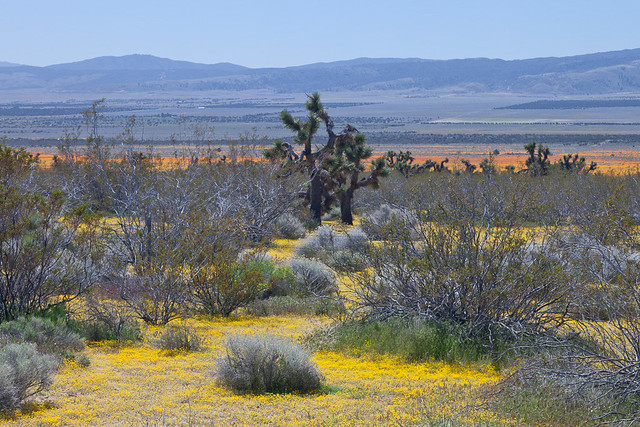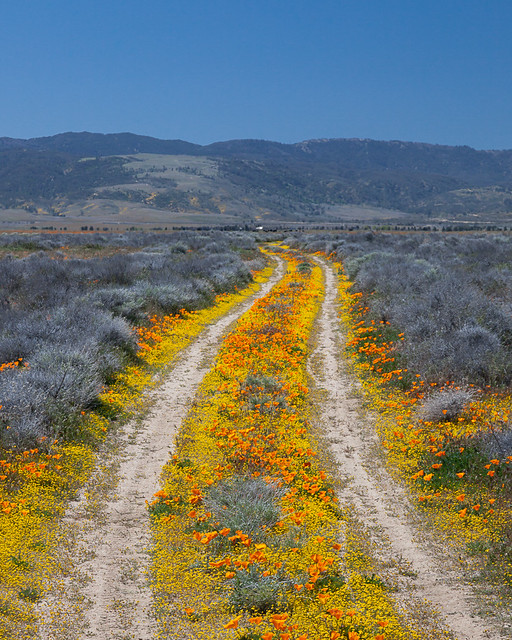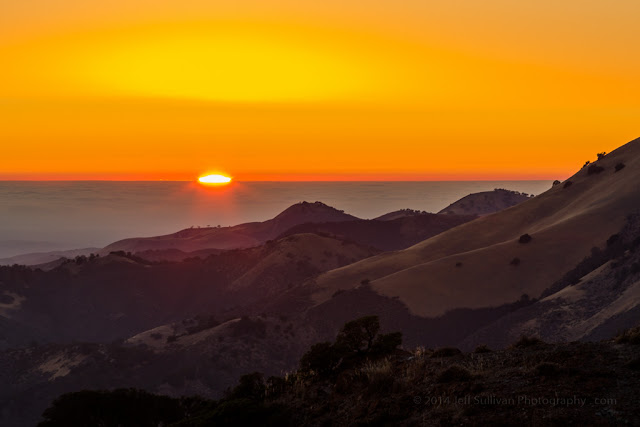 |
| Wineries producing Rhone varietal wines in the United States |
When exploring wines produced with various different grapes, it can take years of experimentation to sample enough wines with dinners to get a good feel for which wineries produce the style that you like, and what foods they go with best. Fortunately there's an efficient, cost-effective way to find new favorite wines: wine tastings. I like to visit temperate regions and visit wineries while I travel, but there are many tastings in California where producers from all over the state, or all over the world, will come to you. The
Hospice du Rhone (HdR) wine tasting event coming up this month in Paso Robles features top wineries from the United States, France and Australia.
Many wine lovers are familiar with syrah, one of over 20 wine varietals traditionally grown in the Rhone region of France. Syrah, Grenache, Mourvedre, Viognier and the other Rhone varietals have done well in the New World as well, particularly in California, Washington and Australia. In Australia they call syrah "shiraz", after a region in the Persian Empire that produced notable wines at the time, although those were apparently white wines, and not syrah. But I digress.
The first year that I attended the HdR was 2001. Earlier that year I had toured the Australian island of Tasmania enjoying their pinot noir, then I flew to the shiraz-laden Barossa Valley and McLaren Vale wine regions near Adelaide. The Australians were enjoying the release of wines from their fantastic 1998 vintage, which was in a string of strong vintages. I was enjoying them too. Upon my return, I checked two cases of wine as luggage and packed more in my carry-on baggage, for a total of 39 bottles in all! Ah the days before airline restrictions on liquids. Then a couple of months after returning from Australia, I attended the Rhone Rangers tasting event in California, offering American-produced Rhone varietals, and I enjoyed many fine Rhone lineage wines there.
So I started 2001 with a great survey of Australian and American Rhone style wines, and Hospice du Rhone would be a great opportunity to add French wines to the mix, and try them all in one place. Let's start with the American wines and wineries that I particularly enjoyed at the Rhone Rangers event. Although wines change from year to year, the best grapes are consistently grown in the best sites, and wineries and winemakers that have tuned their winemaking practices for those sites will consistently produce great wines year after year. So finding your favorite vineyards, winemakers and producers is a great first step. So among this year's
239 wineries pouring at HdR, many of these producers will again be pouring great wines:
1998 Lewis Cellars Napa Valley Syrah 03/31/01 - Ripe nose, syrupy dark fruit, intense with ample tannins, a touch musty, long dusty finish with more dark fruit. 92
1999 Cedarville El Dorado County Estate Syrah $24.00 03/31/01 - Deceptively supple, fills the mouth with ripe soft berries and some vanilla. 91
1999 McCrea Cellars Yakima Valley Syrah 03/31/01 - Ripe and musty with minty plum and black fruit, intense acid and tannins, ripe on the finish. 91
1999 Truchard Vineyards Napa Valley Carneros Syrah 03/31/01 - Musty, concentrated, a little syrupy, intense on the finish. 91
1999 T-Vine Cellars Contra Costa County Syrah 03/31/01 - Ripe and very sweet,syrupy (American oak?), concentrated. A "no dump" wine. 91
1998 Joseph Phelps Vineyards Vin du Mistral Syrah 03/31/01 - Dry, deceptively well balanced, with a congue-tingling finish. Closed, masking ample intensity. Should be better in a few years. 91
1998 Justin MacGillivran Syrah 03/31/01 - (Barrel sample) Ripe, minty, fleshy, dark fruit, which carries into the finish. A "no dump" wine. 91
1998 McCrea Cellars Yakima Valley Cuvee Orleans Syrah 03/31/01 - Nice nose, plus ripe dark fruit, peppery, toasty, with ample tannins. 91
1997 Jade Mountain Napa Valley Paras Vineyard Syrah 03/31/01 - Supple with vanilla oak and coffee flavors. 91
1997 Swanson Vineyards Napa Valley Syrah 03/31/01 - Dry with dark fruit, oak, spices, herbs, nice acid balance. 91
1996 QupE' Wine Cellars Santa Barbara County Hillside Select Syrah 03/31/01 - Supple with vanilla oak, skins, dark fruit, nice persistence. 91
1999 Beckman Vineyards Santa Barbara County Syrah 03/31/01 - Tannic, dusty, peppery. 90
1999 Cedarville El Dorado County Estate Grenache $20.00 03/31/01 - Medium to full body, plush texture, sweet black fruit, balanced with an acid-supported finish. 90
1999 Cedarville El Dorado County Zinfandel $22.00 03/31/01 - Fruity, slightly syrupy, vanilla. 90
1999 Lava Cap Syrah 03/31/01 - (Barrel sample) Syrupy berry, spices… blueberry pie. 90
1998 McCrea Cellars Yakima Valley Ciel du Cheval Syrah 03/31/01 - Supple, vanilla oak, toasty on the finish. 90
1997 Clos Mimi Paso Robles Shell Creek Vineyard Syrah 03/31/01 - Minty, fruity, with spices and vanilla oak on the finish. 90
1997 Seven Peaks Paso Robles Shiraz 03/31/01 - Ample body, dark fruit (blackberry), mint, plum, shuts down on the finish. 90
1995 Swanson Vineyards Napa Valley Syrah 03/31/01 - Dry, medium bodied, peppery with red and black fruits, some leather, nice intensity and acid. 90
My Background in Wine
But what qualifications did I have for attempting such a feat? I started enjoying Ridge Vineyards wine since the early 1980s: my mountain biking route took me past their tasting room. A friend of mine worked there. Ultimately they would be named one of the top 5 wineries in the world, so I was spoiled by quality from the start. As I worked in Silicon Valley's high tech industry for a couple of decades, I had access to great wines and my budget enabled me to collect them. I started taking tasting notes in 1994. Given that my day job was selling servers to Netscape, Yahoo! and other startups, I set up a Web site and posted my notes there. That got me into the big wine tastings, often early as a wine trade journalist, before the crush of public made it a little more difficult to access the more popular tables and wines. Even just trying a wine each night with dinner would tune my palate with over 3500 wines in 10 years. But my friends and I got together for a "boys night out" every Wednesday night, and we quickly settled on blind tastings as the agenda, with the host selecting the theme each week. Add in a few trade tastings each year, and you start to develop an experienced palate, along with a pretty sizable database. Eventually I decided to be a wine broker for a few years, representing small wineries to wine shops and restaurants.
My taste in wine may not be identical to yours (the whole subject of reviews, ratings and rankings has been covered ad nauseum for decades elsewhere). But you can try wines and a producer or two that I've liked, and if we like similar styles, my experience may come in handy for you.
I both take notes on the flavors and characteristics of a wine, as well as assign a score on a 100-point scale, like the ones American consumers have become familiar with from Wine Spectator Magazine and Robert Parker's newsletter, Wine Advocate. There's a love-hate relationship with such systems in the industry as a score over 90 points can help sell a wine, and higher on the scale may mean bigger, bolder and more in-your-face, but that's not what you want with every meal. There are many excellent balanced wines that score in the high 80 to 90 point range that might pair better with food. I think that many or most wine consumers have become educated enough to make educated choices, so there's no particular need to shy away from putting a stake in the ground regarding where on such a scale a wine might fall.
Fortunately the Hospice du Rhone event provides one of those opportunities for you find what you like, and cut months or years off your search time, while you save many hundreds of dollars on the cost.
Maybe I'll see you there!
